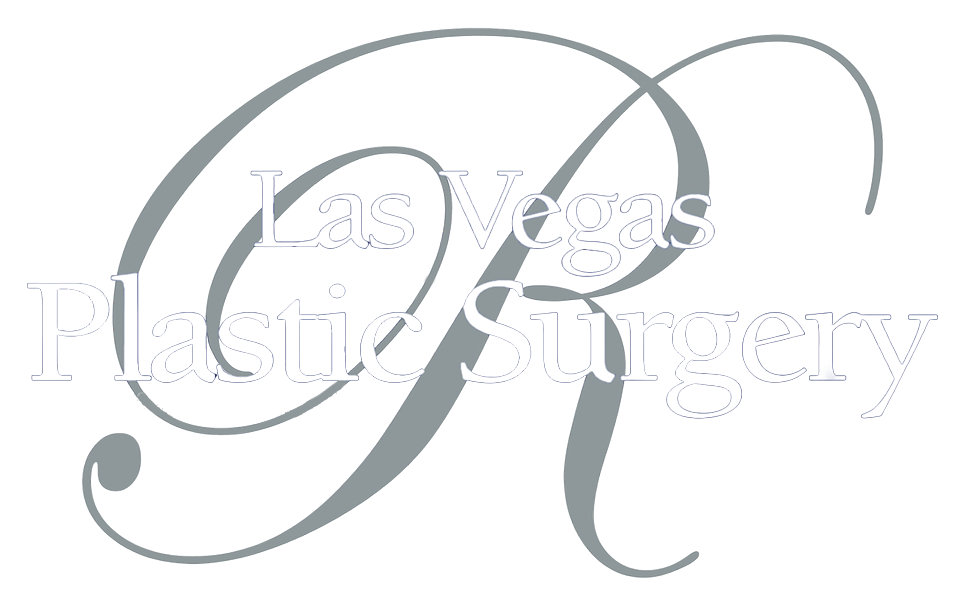What is Breast Implant Illness, (BII)?
It is described as a constellation of symptoms, that can include; dizziness, fatigue, trouble breathing, brain fog, skin rashes, joint pain, etc. Some of these issues and their descriptions are not concrete. This can make diagnosis and subsequent treatment difficult. There is no specific radiologic study or blood test for BII. Most often patients have seen their Primary Doctor, a Rheumatologist, (to check for auto-immune disease), an Infectious Disease Doctor, (to check for Toxoplasmosis, Candidiasis, etc.), and others before presenting to our office. They usually are frustrated by the lack of answers that they have, and are requesting their breast implants be removed in hopes of feeling better.
Currently, Breast Implant Illness, (BII) is not recognized by most as an official disease. (1) Studies are now ongoing. They are looking at the implant, and the capsule as a possible etiology. Hopefully we will have more answers in the next few years.
How does Las Vegas Plastic Surgery respond to BII?
The patient is, of course, of ultimate importance. In our office, we like to take the time and talk with our patients. As with any case we like to give options, usually from least invasive to most invasive. If the patient requests surgery, we will typically proceed if they are an appropriate surgical candidate, (just like all our other patients).
The procedure usually consists of explantation and removal of the capsule. Patients often ask about an “en-bloc” resection. This is a term often used in general surgery, specifically cancer surgery. In this case, it describes a one-piece removal of the implant and capsule. This is the goal, but it must be safe.
Safety is always of paramount importance. Sometimes it is less safe to perform an ‘en-bloc” resection. For example:
- Axillae: It is best to be able to visualize the axillary contents. In this area, (the armpit), there are many large vessels and nerves that one does not wish to harm. Sometimes, if we can’t see over the implant, we will make an incision in the capsule, remove the implant, (without spillage of any of the contents), and then we can properly see the structures. We then remove the entire capsule, (total capsulectomy).
- Chest Wall: Sometimes there is a very thin capsule in a very thin patient. It is better not to enter the chest cavity. In this case, it is better to be safe and leave a bit of capsule behind that is addressed with the electrocautery device.
We have found in our office, that about 85% of the patients feel better, and have some relief of their symptoms. This is not a scientific study, but we are glad to be able to help these patients. Some will request a breast lift, (mastopexy), be done at the same time of surgery. This is just one of the options that can be discussed in the office.
In our office, we are always happy to sit down with the patient one on one and discuss their individual case, what their goals are, and formulate a plan to achieve them. Please call with any questions.
Jeffrey J. Roth, M.D., F.A.C.S.
Las Vegas Plastic Surgery
(702) 450-0777
References:
1. Silicone Implant Illness: Science versus Myth?
Rohrich RJ1, Kaplan J, Dayan E. “Plastic and reconstructive surgery.” Plast Reconstr Surg. 2019 Jul;144(1):98-109.
2. Breast Implant Illness: A Way Forward.
Magnusson MR1, Cooter RD, Rakhorst H, McGuire PA, Adams WP Jr, Deva AK. “Plastic and reconstructive surgery.” Plast Reconstr Surg. 2019 Mar;143(3S A Review of Breast Implant-Associated Anaplastic Large Cell Lymphoma):74S-81S.
3. The Aesthetic Society. Breast Implant-Associated Illness References.
4. The Aesthetic Society. Frequently Asked Questions/Talking Points.
5. Risks and complications of Breast Implants. U.S. Food and Drug Administration, (FDA).
6. American Society of Plastic Surgeons. Society Leadership Discusses Breast Implant Concerns with Patients.



